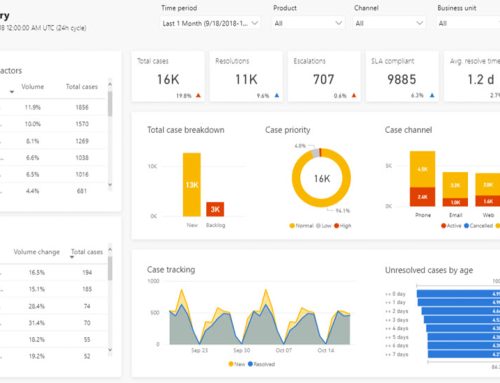There’s no doubt that everyone has their own problems as a part of their lives, but eventually they will require solutions. Every person can take advantage of having effective problem-solving skills at work, since being good at it is in great demand. Surely some of the problems are clearly more complex as compared to others and unluckily there is no one ideal approach to solve all of them. One must remember that problem solving consists of an understanding about the causal issues instead of the symptoms. For example, handling a customer complaint can be viewed as a problem requiring a solution. However, the employee handling that complaint should be looking into those actual causes of the customer complaint, because the problem is solved by eliminating the main cause of the complaint. Generally, problem solving comprises different steps, such as those explained below. These should all be mastered when looking at how to be a good problem solver.
Defining the Problem
This step is about recognizing the existence of the problem; classifying its nature and then defining it in a clear way. This initial step may appear simple, but in reality, involves a great deal of thought and exploration. Defining the problem is one of the key items on how to be a good problem solver.
One can ask a series of questions such as:
- Is there a problem of any kind?
- How can we define it in the best way?
When we spend some of our time in defining the problem, we will not only be able to comprehend it with clarity, but also have the edge to convey its nature to other people in the workplace and this will initiate the second stage.
Constructing the Problem
This phase includes careful observation, examination, information-gathering and creating a clear picture of the problem. In order to have better understanding, constructing the problem comprise of acquiring extra information about the problem. This step is mainly about collecting evidences and investigation which will help in developing a broad picture of the objectives as well as obstacles. A robust root cause analysis will also form part of this phase.
Exploring Multiple Solutions
This step involves creating a variety of possible solution, however with minimum effort to evaluate them. Now it is the time when we start thinking about likely solutions to our problem on the basis of gathered information during the first two phases. When we are in a situation involving working as a group, then this phase is usually performed in the form of a brainstorming session. It allows all involved parties of the group to express their own opinions about the possible solutions for the problem at hand. We cannot deny the fact that organizations engage people with different expertise in diverse areas, which makes it quite beneficial to get the views of all parties involved.
Final Decision Making
This step contains observant examination of the different probable solutions and then choosing the best one to be implemented. This step can be viewed as the most challenging component of the problem-solving framework. Now is the time to explore all likely solutions and wisely examine them from the information gathered in previous phases. Of course, every solution is not possible due to different reasons such as budget controls or time limitations. During this step it holds paramount value to think through what might happen in case no action is taken.
Implementation of the Solution
The implementation phase encompasses acknowledging and executing the selected course of action. It means now we are practically performing on the picked solution. One must bear in mind that during implementation phase we might experience more problems particularly if problem defining or constructing of the actual problem was not performed carefully.
Monitoring Success
This is the final stage of our problem-solving process and it is all about going through the consequences of the implemented solution over a period of time. The most important part of this step is seeking feedback about the success of the results from the selected solution of our problem. In a way we can say that this step is concerned with testing that our problem-solving process was successful or not. We can accomplish it by checking and getting feedback from those people who are affected by any occurred transformations.
So how to be a good problem solver involves different skills and being able to confidently go through all the stages to get to a successful solution and implementation.






